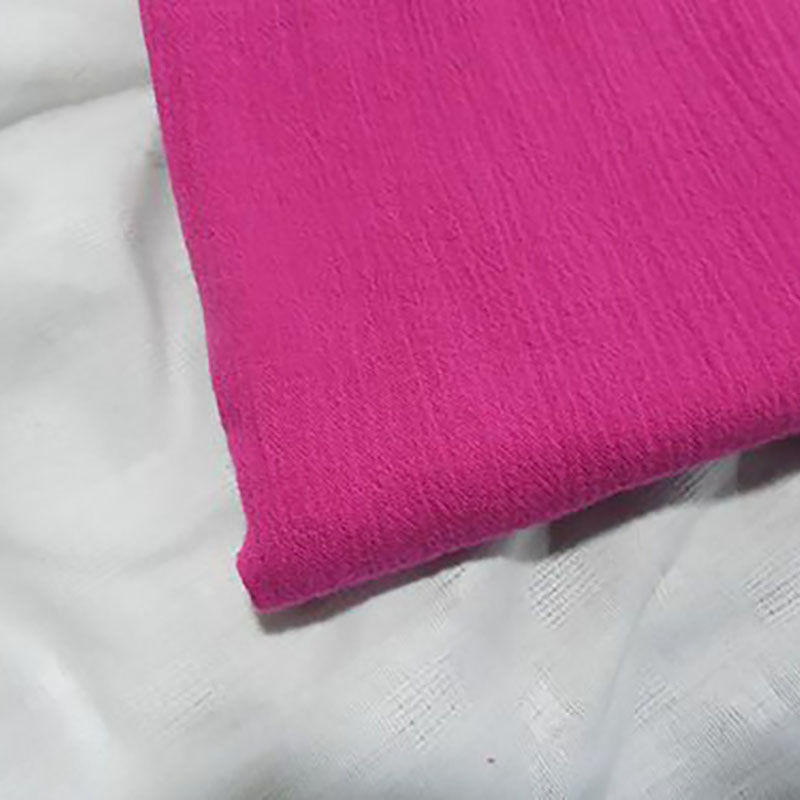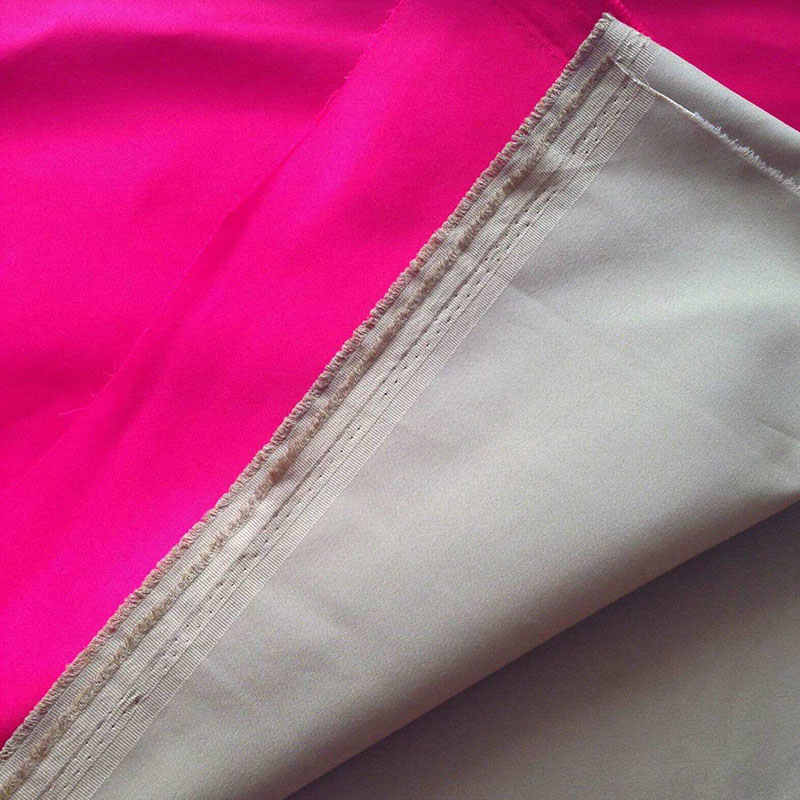In the ever-evolving textile industry, understanding the distinction between different fabric types is crucial for both manufacturers and consumers. This analysis focuses on two popular types of fabrics: Jacquard dyed fabrics and traditional printed fabrics. We will explore their characteristics, applications, and the market trends influencing consumer choices.

Jacquard dyed fabrics are known for their intricate patterns that are woven directly into the fabric, rather than printed on the surface. This weaving technique allows for a richly textured and visually appealing final product which is often more durable than traditional printed alternatives. These fabrics are ideal for high-end fashion, upholstery, and decorative applications.

In contrast, traditional printed fabrics involve applying dye to the surface of the fabric. This method allows for vibrant colors and varied designs but may lack the durability of Jacquard fabrics, especially when subjected to washing and wear. These fabrics are commonly used in everyday apparel and home textiles due to their affordability and variety.

The market dynamics between Jacquard dyed fabrics and traditional printed fabrics reveal preferences shifting based on consumer demand for quality and design. As consumers become more quality-conscious, Jacquard fabrics have seen a rise in demand, favoring their timeless appeal and resilience. Conversely, traditional printed fabrics continue to thrive in budget-conscious segments, aiming for a wider reach without compromising on style.
In conclusion, both Jacquard dyed fabrics and traditional printed fabrics have unique strengths that cater to different market segments. Understanding these differences is essential for businesses looking to capitalize on emerging trends within the textile industry. By aligning product offerings with consumer preferences, companies can ensure a competitive edge and foster sustained growth.
